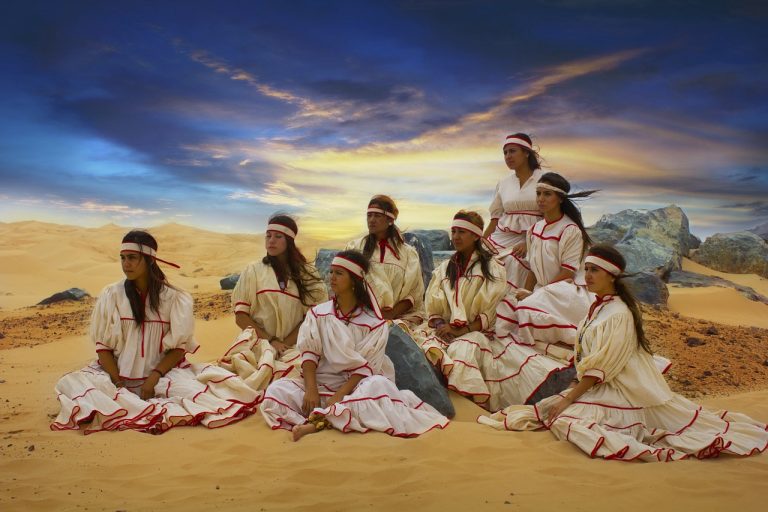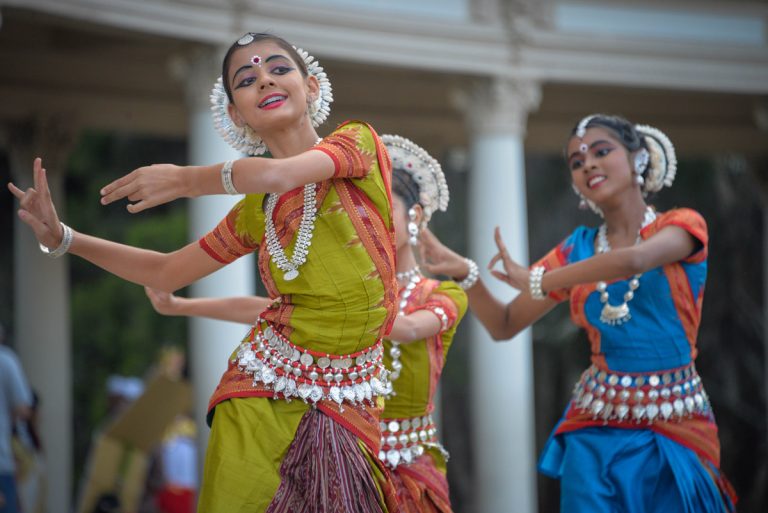Race and ethnicity are among the features that make people different. Unlike character traits, attitudes, and habits, race and ethnicity can’t be changed or chosen. It fully depends on the ancestry.
But why do we separate these two concepts and what are their core differences? How do people classify different races and types of ethnicity?
To find answers to these questions, keep reading the article.
Also, if you have a writing assignment on the same topic due soon and looking for inspiration, you’ll find plenty of race, racism, and ethnic group essay examples. At IvyPanda, we’ve gathered over 45 samples to help you with your writing, so you don’t have to torture yourself looking for awesome essay ideas.
Race and Ethnicity Definitions
It’s important to learn what race and ethnicity really are before trying to compare them and explore their classification.
Race is a group of people that belong to the same distinct category based on their physical and social qualities.
At the very beginning of the term usage, it only referred to people speaking a common language. Later, the term started to denote certain national affiliations. A reference to physical traits was added to the term race in the 17th century.
In a modern world, race is considered to be a social construct. In other words, it’s a distinguishable identity with a cultural meaning behind. Race is not usually seen as exclusively biological or physical quality, even though it’s partially based on common physical features among group members.

Ethnicity (also known as ethnic group) is a category of people who have similarities like common language, ancestry, history, culture, society, and nation.
Basically, people inherit ethnicity depending on the society they live in. Other factors that define a person’s ethnicity include symbolic systems like religion, cuisine, art, dressing style, and even physical appearance.
Sometimes, the term ethnicity is used as a synonym to people or nation. It’s also fair to mention that it’s sometimes possible for an individual to leave one ethnic group and shift to another. It’s usually done through acculturation, language shift, or religious conversion.
Though, most of the times, representatives of a certain ethnic group continue to speak their common language and share some other typical traits even if derived from their founder population.
Differences Between Race and Ethnicity
Now that we know what race and ethnicity are all about, let’s highlight some of the major differences between these two terms.
Race
- It divides people into groups or populations based mainly on physical appearance
- The main accent is on genetic or biological traits
- Because of geographical isolation, racial categories were a result of a shared genealogy. In modern world, this isolation is practically nonexistent, which lead to mixing of races
- The distinguishing factors can include type of face or skin color. Other genetic differences are considered to be weak

Ethnicity
- Members of an ethnic group identify themselves based on nationality, culture, and traditions
- The emphasis is on group history, culture, and sometimes on religion and language
- Definition of ethnicity is based on shared genealogy. It can be either actual or presumed
- Distinguishing factors of ethnic groups keep changing depending on time period. Sometimes, they get defined by stereotypes that dominant groups have
It’s also worth mentioning that the border between two terms is quite vague. As a result, the choice of using either of them can be very subjective.
In the majority of cases, race is considered to be unitary, which means that one person belongs to one race. However, ethnically, this same person can identify themselves as a member of multiple ethnic groups. And it won’t be wrong if a person have lived enough time within those groups.
Race and Ethnicity Classification
It’s time to look at possible ways to classify racial and ethnical groups.
One of the most common classifications for race into four categories: Caucasoid, Mongoloid, Negroid, and Australoid. Three of them have subcategories.
Let’s look at them more closely.
– Caucasoid. White race with light skin color. Hair ranges from brown to black. They have medium to high structure. The subcategories are as follows:
- Alpine. Live in Central Asia
- Nordic. Baltic, British, and Scandinavian inhabitants
- Mediterranean. Hail from France, Italy, Portugal, and Spain
– Mongoloid. The race’s majority is found in Asia. Characterized by black hair, yellow skin tone, and medium height.
- Asian mongol. Found in japan, China, and East-India
- Micronesian. Inhabitants of Malenesia
– Negroid. A race found in Africa. They have black skin, wooly hair, and medium to high structure.
- Negro. African inhabitants
- Far Eastern Pygmy. Found in the south Pacific islands
- Bushman and Hottentot. Live in Kala-Hari desert of Africa
– Australoid. Found in Australia. They have wavy hair, light skin, and medium to tall height.

It’s fair to mention yet again that it’s practically impossible to find pure race representatives because of how mixed they all got.
Speaking of ethnicity classification, one of the most common ways to do that is by continent. And each of continent’s ethnic groups will have their own subcategory.
So, we can roughly divide ethnic groups into following categories:
- African
- Asian
- European
- North American
- South American
- Oceanian
Race Essay Ideas
If all the information above was not enough and you’re looking for race essay topics, or even straight up essay examples for your writing assignment—today’s your lucky day. Because experts at IvyPanda have gathered plenty of those.
Check out the list of race and ethnic group essay samples below. Use them for inspiration, or try to develop one of the suggested topics even further.
Whatever option you’ll choose, we’re sure that you’ll end up with great results!
- The Anatomy of Scientific Racism: Racialist Responses to Black Athletic Achievement
- Racism
- Race, Ethnicity and Crime
- Representation of Race in Disney Films
- What is the relationship between Race, Poverty and Prison?
- Race in a Southern Community
- African American Women and the Struggle for Racial Equality
- American Ethnic Studies
- Institutionalized Racism from John Brown Raid to Jim Crow Laws
- The Veil and Muslim
- Race and the Body: How Culture Both Shapes and Mirrors Broader Societal Attitudes Towards Race and the Body
- Latinos and African Americans: Friends or Foes?
- Historical US Relationships with Native American
- The experiences of the Aborigines
- Contemporary Racism in Australia: the Experience of Aborigines
- No Reparations for Blacks for the Injustice of Slavery
- Racism (another variant)
- Hispanic Americans
- Racism in the Penitentiary
- How the development of my racial/ethnic identity has been impacted
- My father’s black pride
- African American Ethnic Group
- Ethnic Group Conflicts
- How the Movie Crash Presents the African Americans
- Ethnic Groups and discrimination
- Race and Ethnicity
- Racial and ethnic inequality
- Ethnic Groups and Conflicts
- Ethnic studies and emigration
- Ethnicity Influence
- Immigration and Ethnic Relations
- A comparison Between Asian Americans and Latinos
- Analysis of the Chinese Experience in “A Different Mirror: A History of Multicultural America” by Ronald Takaki
- Wedding in the UAE
- Social and Cultural Diversity
- The White Dilemma in South Africa
- Ethnocentrism and its Effects on Individuals, Societies, and Multinationals
- Reduction of ethnocentrism and promotion of cultural relativism
- Gender and Race
- Child Marriages in Modern India
- Race and Ethnicity (another variant)
- Racial Relations and Color Blindness
- Multiculturalism and “White Anxiety”
- Cultural and racial inequality in Health Care
- The impact of colonialism on cultural transformations in North and South America
- African American Studies
![Race & Ethnicity—Definition and Differences [+46 Race Essay Topics]](https://ivypanda.com/blog/wp-content/uploads/2020/11/people-with-different-races-1-736x491.jpg)

![How to Write a 5-Paragraph Essay [+Bonus Template]](https://ivypanda.com/blog/wp-content/uploads/2020/11/front-view-young-female-sitting-black-shirt-blue-jeans-writing-down-notes-thinking-yellow-309x208.jpg)
